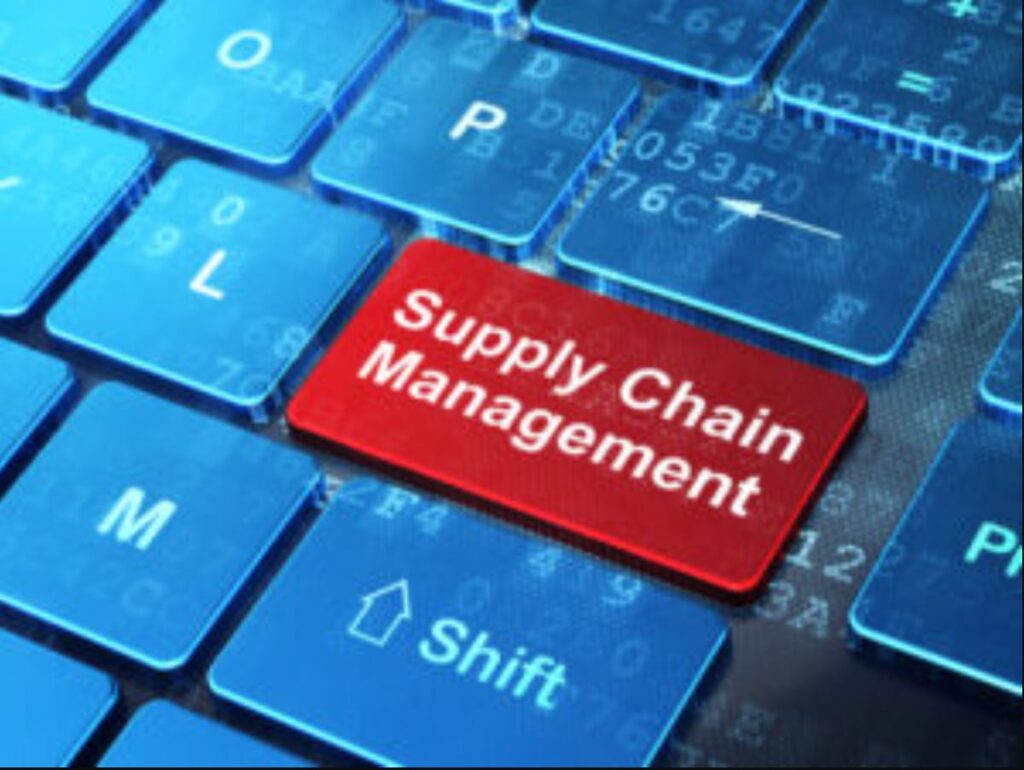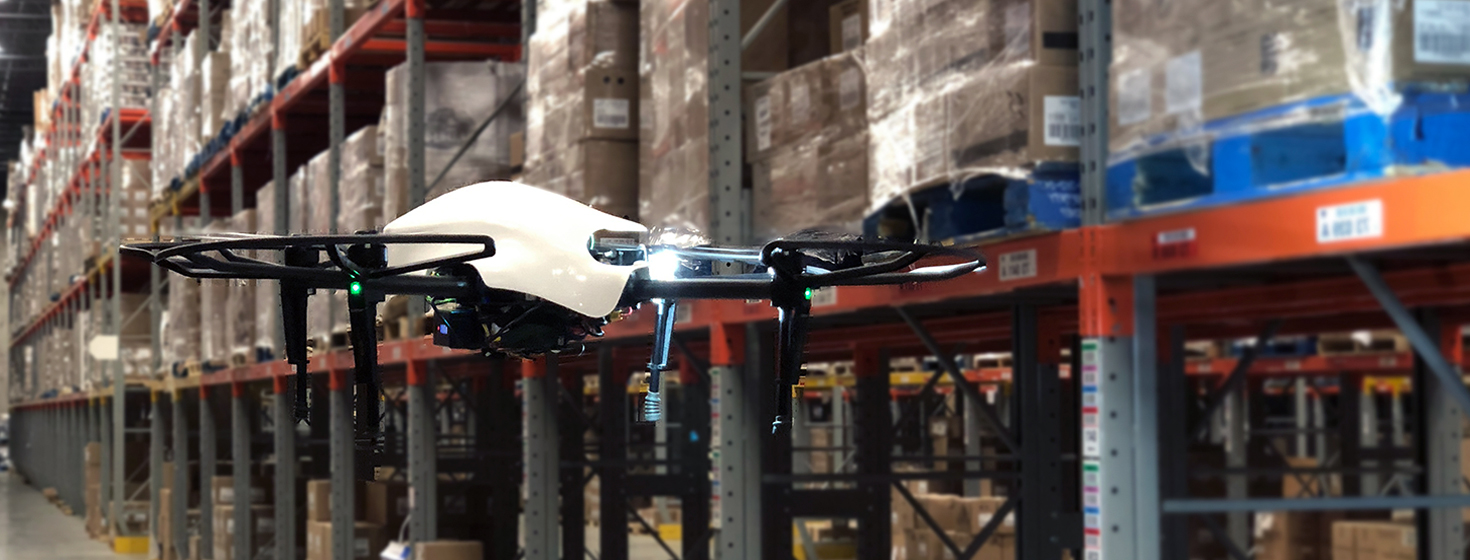The supply chain is the global economy’s backbone. It includes all of the activities involved in delivering goods or services from the manufacturer to the end user. Efficient supply chain financing is crucial for firms to maintain smooth operations.
However, supply chain financing can be complicated and costly due to the numerous players involved. This is where fintech enters the picture. This article will look at how fintech is helping to streamline payments and working capital management in supply chain finance.
What Exactly Is Supply Chain Finance?
Supply chain finance refers to a group of financial solutions aimed at optimizing the movement of cash along the supply chain. It consists of a variety of activities, such as invoice factoring, purchase order financing, and inventory finance. These solutions assist organizations in better managing their cash flow by giving access to working capital as needed.
However, supply chain finance can be complicated and costly. The typical technique comprises many middlemen, such as banks, insurance, and factoring firms, each with its own set of fees. This might lead to a lengthy and costly procedure with little transparency or flexibility.
How Fintech Is Helping to Simplify Supply Chain Finance
Fintech is changing the way supply chain finance is done. Fintech companies are streamlining payments and working capital management by embracing digital technology, making it easier and more cost-effective for businesses to manage their supply chains.
Fintech’s Advantages in Supply Chain Finance
There are numerous advantages to employing fintech for supply chain finance. Increased efficiency is one of the primary advantages. Automation and digital technology are being used by fintech companies to streamline the supply chain financing process, decreasing the time and cost associated. This allows organizations to concentrate on their core operations while improving overall efficiency.
Fintech Risks in Supply Chain Finance
While fintech has numerous advantages for supply chain financing, it also has some drawbacks. Cybersecurity is one of the most serious threats. Fintech firms keep sensitive financial data, rendering them vulnerable to hackers. Businesses should choose a trustworthy fintech supplier with strong security procedures in place to safeguard their data.
How Fintech is Revolutionizing Supply Chain Finance with Artificial Intelligence
Supply chain finance has become an essential tool for businesses looking to optimize their cash flow and improve their working capital management. By leveraging the power of technology, fintech companies are now incorporating artificial intelligence (AI) into supply chain finance, revolutionizing how businesses manage their supply chains and providing unprecedented efficiency and transparency.
Read more at Fintech for Supply Chain Finance: Streamlining Payments and Working Capital Management
Subscribe to us to get updates and leave your comments below.




























